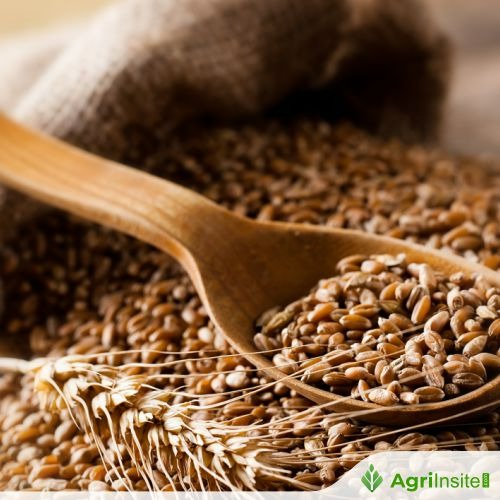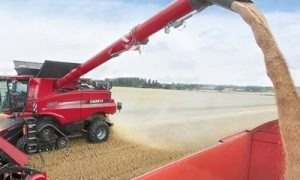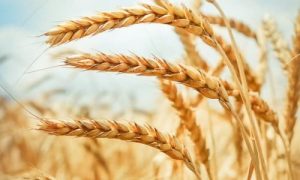Dryness dents Turkey’s wheat, barley outlook

Turkey’s wheat and barley output is expected to decline in 2025–26 due to drought, despite expanded planting. Wheat production may fall to 18.5 million tonnes, while barley drops 11%. Meanwhile, corn output is set to rise 12% to 7.9 million tonnes, driven by strong prices and stable irrigation, supporting growing demand in the feed and starch sectors.
ANKARA, TURKEY — Limited rainfall during the fall and winter months and the prospect of more dry weather is expected to clip Turkey’s wheat and barley production for the 2025-26 marketing year, while corn output is projected to increase due to strong domestic prices, according to a report from the Foreign Agricultural Service (FAS) of the US Department of Agriculture.
Despite a slight increase in harvested area to 7.35 million hectares, wheat production is forecast to dip to 18.5 million tonnes in 2025-26 from 19 million tonnes the previous year. The output assumes lower yields resulting from very dry weather conditions last fall and winter, especially in some of the major wheat producing areas in the country, the FAS said.
Wheat consumption for the upcoming marketing year is forecast unchanged from last year’s newly revised estimate of 19.4 million tonnes, as demand for food-grade wheat, which accounts for about 90% of use, is expected to remain steady.
Wheat consumption has plateaued in recent years in large part due to the country’s demographics and changing consumption patterns, the FAS noted. Official statistics show population growth has leveled off compared to 2010-20 and middle- and upper-income consumers are choosing bread less often while enjoying greater food options. Turkey, with over 87 million people, is still considered one of, if not the largest, consumers of bread in the world on a per capita basis.
Turkey produces more than 24 million tonnes of a wide range of wheat products, including flour, pasta and biscuits, according to the FAS. There are 550 active wheat milling operations with an annual capacity of about 33 million tonnes. In addition to wheat mills, there are 25 active pasta plants with an annual production capacity of about 2.9 million tonnes.
Wheat imports for 2025-26 are forecast at 8 million tonnes, up year over year by 4 million tonnes based on the expectation that the government will not reinstitute import restrictions and that Turkish millers will resume their previous pace of imports. Russia is expected to remain Turkey’s primary supplier.
Barley harvested area for 2025-26 is projected to decrease year to year by 7% to 3.5 million hectares with production also hurt by dry weather resulting in an 11% year-on-year drop to 6.25 million tonnes. Barley consumption is projected to remain unchanged from the previous year at 7.4 million tonnes.
“According to contacts, farmers planted less barley last fall and instead opted to grow other dryland row crops such as wheat, canola and sunflowers since these crops were expected to offer relatively higher profit margins,” the FAS said.
Turkey is forecast to harvest greater corn area in 2025-26 at 610,000 hectares as farmers are expected to grow more corn instead of cotton, vegetables and other row crops. According to market sources, this anticipated switch is due to the strong corn prices, with the price in March exceeding $270 per tonne, the FAS said.
In line with an increase in harvested area, 2025-26 corn production is forecast to increase from last year by 12% to about 7.9 million tonnes. As the corn crop is mostly irrigated, this prediction assumes sufficient volumes of irrigation water will be available throughout the growing season, the FAS said.
Marketing year 2025-26 corn consumption is forecast higher than last year at 9.8 million tonnes, based on growing compound feed and starch demand. The FAS noted that demand for corn in poultry rations is expected to continue on its upward trajectory as Turkey, the world’s eighth largest chicken meat producer, is set to expand production by 8% in 2025.With nearly 85% of corn used to make animal feed, overall corn consumption typically parallels trends in the feed sector. Industry sources consistently predict steady year-over-year growth in compound feed production based, in large part, on the country’s growing demand for meat, poultry, eggs, fish, and other livestock products, the FAS said. In 2024, Turkey’s total compound feed production increased by almost 5% year on year to 29.3 million tonnes.
To Read more about Wheat News continue reading Agriinsite.com
Source : World Grain.com















